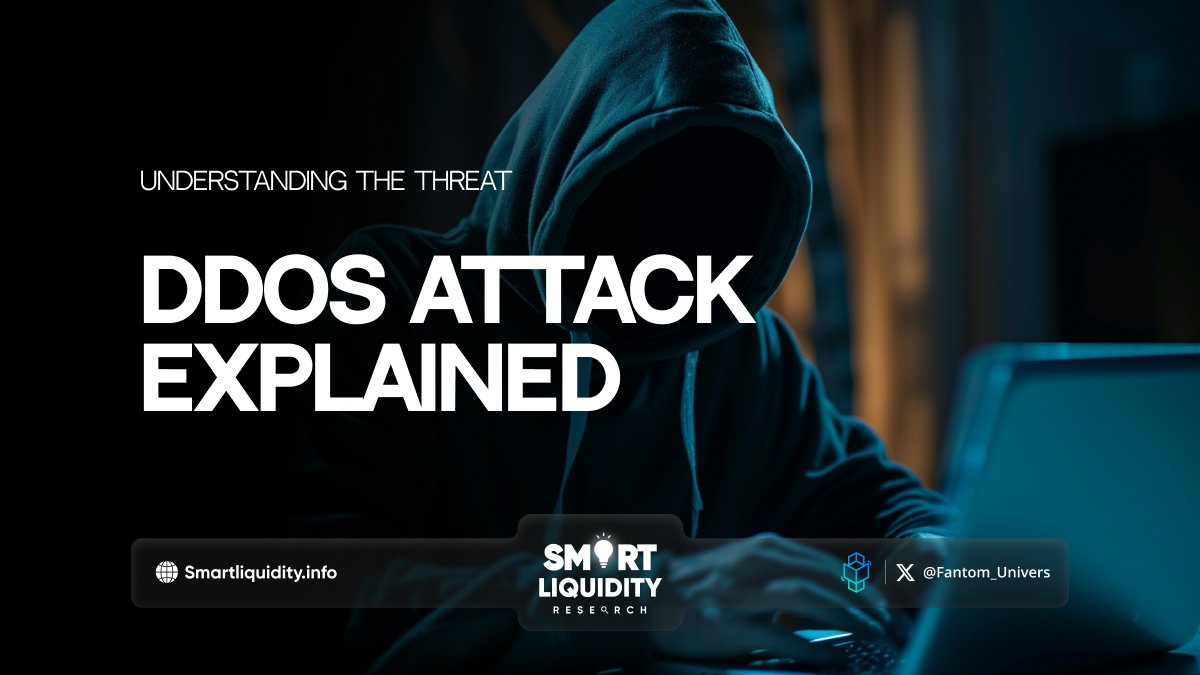Understanding the Threat: DDoS Attack Explained


A Distributed Denial of Service (DDoS) attack is a malicious attempt to disrupt the normal traffic of a targeted server, service, or network by overwhelming it with a flood of internet traffic. These attacks can cripple online services, rendering them inaccessible to legitimate users and causing significant financial and reputational damage.
DDoS attacks typically involve multiple compromised devices, often referred to as a botnet, controlled by the attacker. These devices, which can include computers, smartphones, and IoT devices, are infected with malware that allows the attacker to remotely command them to flood the target with traffic. The sheer volume of requests overwhelms the target’s infrastructure, rendering it unable to respond to legitimate requests.
There are several types of DDoS attacks, including volumetric attacks, which aim to consume the target’s bandwidth with a high volume of traffic; protocol attacks, which exploit vulnerabilities in network protocols to disrupt services; and application layer attacks, which target specific applications or services to exhaust server resources.
The motivations behind DDoS attacks vary, ranging from extortion and revenge to ideological or political reasons. Attackers may target businesses, government agencies, or even online gaming platforms in an attempt to disrupt operations or gain an advantage.
To mitigate the threat of DDoS attacks, organizations employ various defensive measures, including traffic filtering, rate limiting, and deploying specialized DDoS mitigation services. Additionally, implementing robust network security practices, such as keeping software up to date and regularly monitoring for unusual activity, can help reduce the risk of falling victim to these disruptive attacks.
In summary, DDoS attacks pose a significant threat to online services and networks, highlighting the importance of understanding the nature of these attacks and implementing effective security measures to mitigate their impact.
DISCLAIMER:
“The information provided on this platform is for general informational purposes only. All information on the platform is provided in good faith; however, we make no representation or warranty of any kind, express or implied, regarding the accuracy, adequacy, validity, reliability, availability, or completeness of any information on the platform.”




